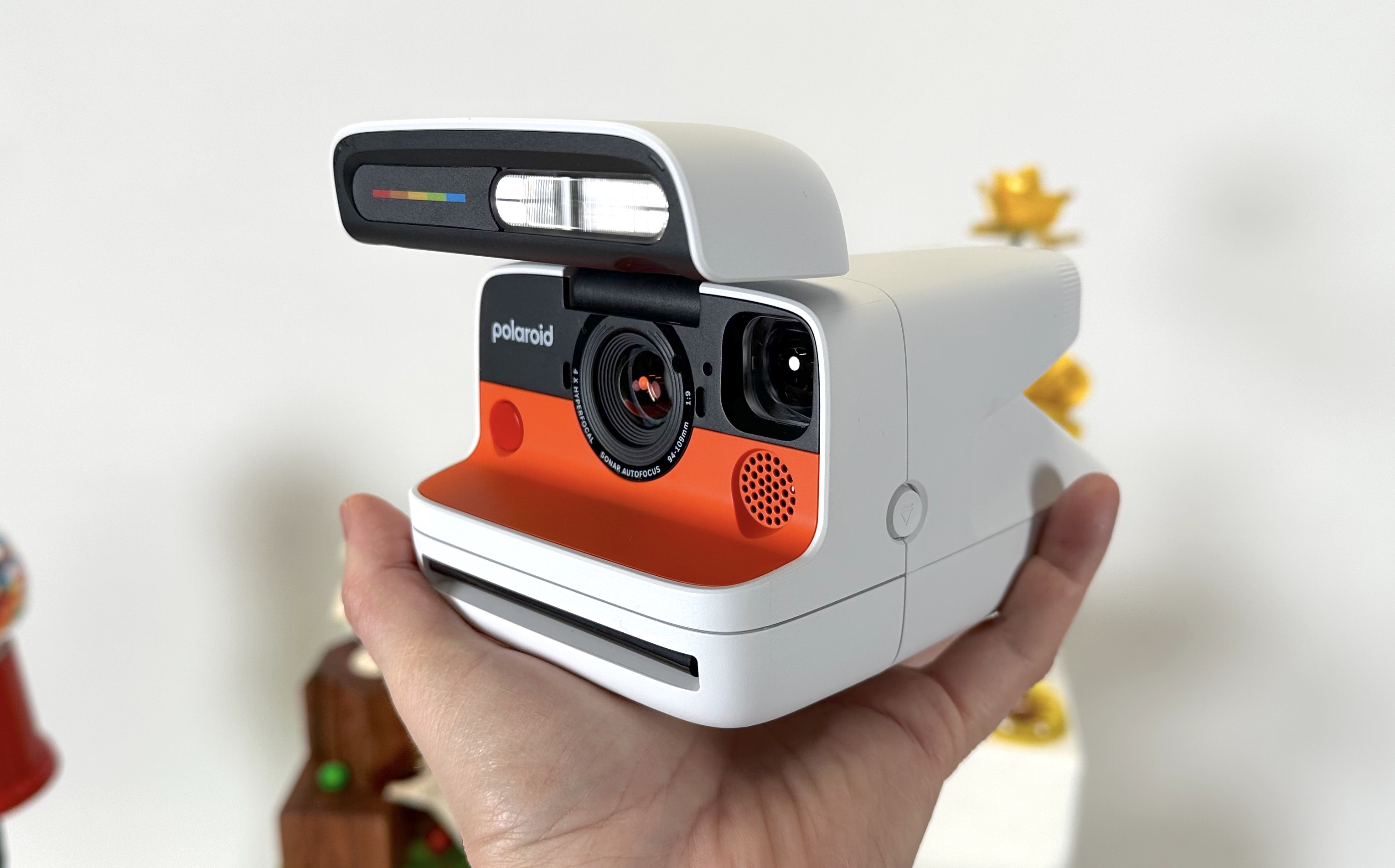7 Bard announcements Google should make at I/O to beat ChatGPT
How Google could make Bard the best AI around
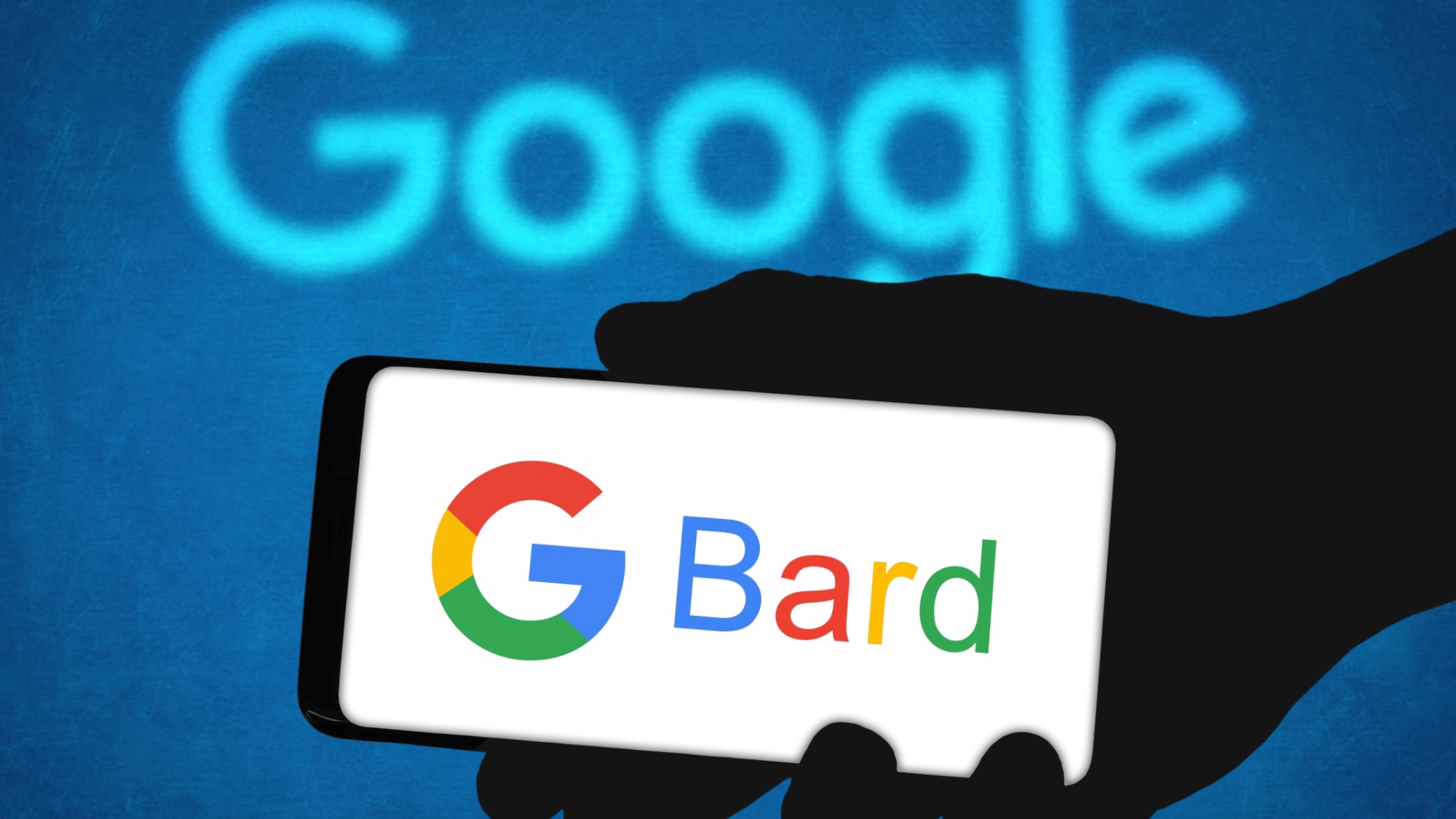
At times Google Bard feels like the future of the internet and other times it seems just like the old Bing (before its ChatGPT makeover): a second-rate version of an existing service.
Despite launching after ChatGPT and the new Bing, Bard still lags behind in many respects.
With Google I/O’s May 10 start date creeping up on us and Bard’s new “Experiment Updates” tab providing more detailed information on how Google makes changes to its AI chatbot, I started to think how Google could blow away its biggest rival, ChatGPT and take the lead in the AI arms race.
Here’s seven announcements Google Should make at I/0 2023 that would blow ChatGPT (and me) away.
1. Multimodal functionality

Sorry Google, the new Bing with ChatGPT has already beaten Bard to the punch with image generation. But with the entirety of Google images at its disposal, surely Bard could be trained easily to do the same, and to recognize objects even better?
Why stop at images either, AI startup Runway has already started offering AI-generated videos, so why can’t Google?
2. Smarter answers
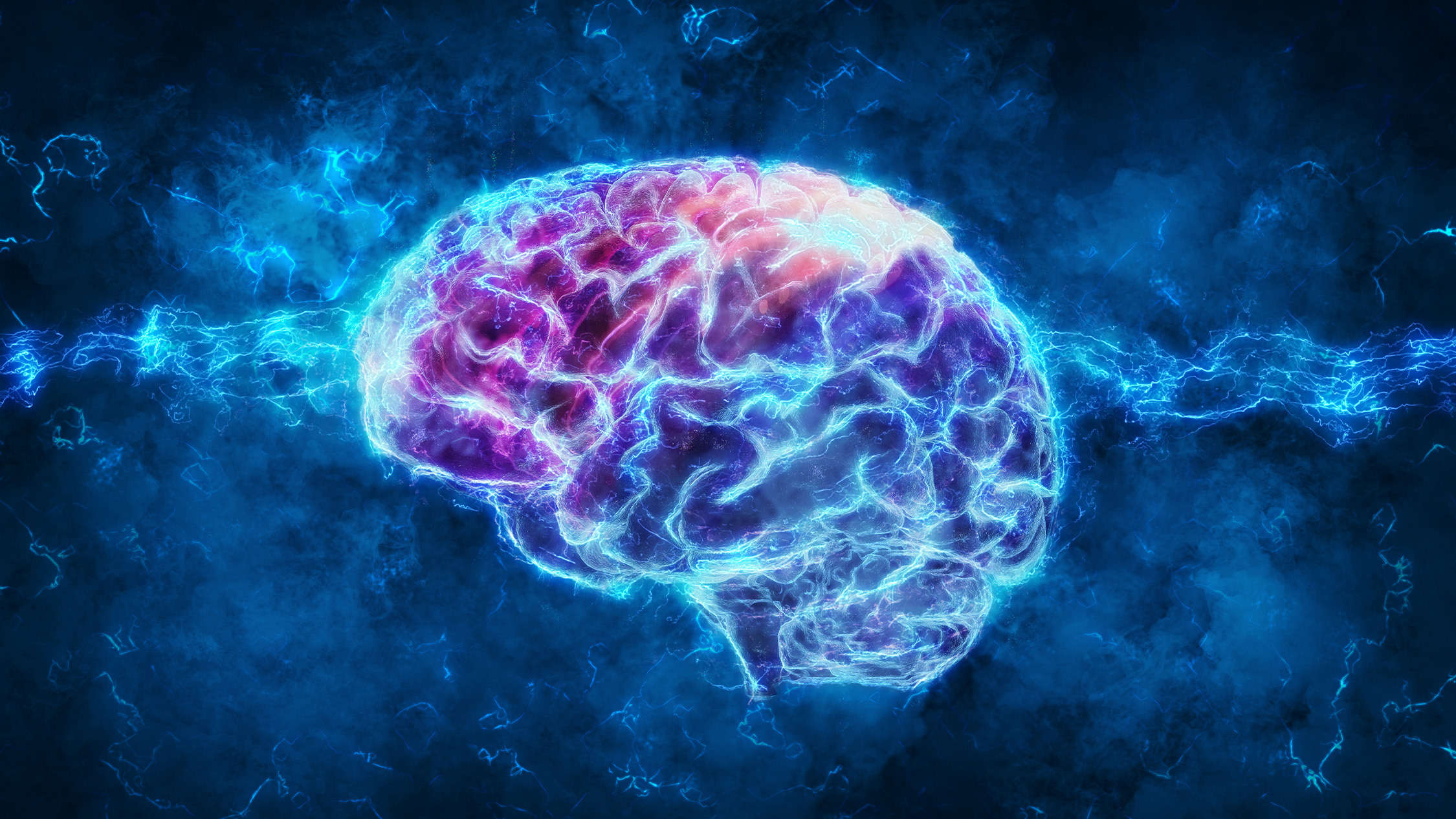
Bard has only just figured out the correct answer to the question that cost Google $100 billion and my attempts to play Wordle with both Bard and ChatGPT were equally frustrating.
An AI will only ever be as good as its underlying model and while Google has started to integrate its larger PaLM model into Bard, there will always be room for further improvement.
In our Bard vs Bing face-off we were disappointed at Bard’s inability to answer the question “What was the Holocaust?” Although not easy to talk about, serious subjects such as this need to be discussed in a sensitive way, and if chatbots are to replace search engines questions like this have to yield informative results.
Bard also had prominent errors when we asked it to review the Samsung Galaxy S23 Ultra, and there are rumors that the next version of OpenAI's model, GPT-5, could rival human intelligence, so an accuracy upgrade is essential.
3. Citing sources

One of the most obvious differences between Bard and Bing is Microsoft’s chatbot provides references of where the AI sourced its answer from. While this might ruin the illusion of having a genuine conversation with an intelligent being, it does mean that users can check the sources for accuracy.
With these references as well, there is an increased transparency and if there are any obvious biases that the AI’s answer shows, readers can take the sources into account.
4. No-more fence-sitting
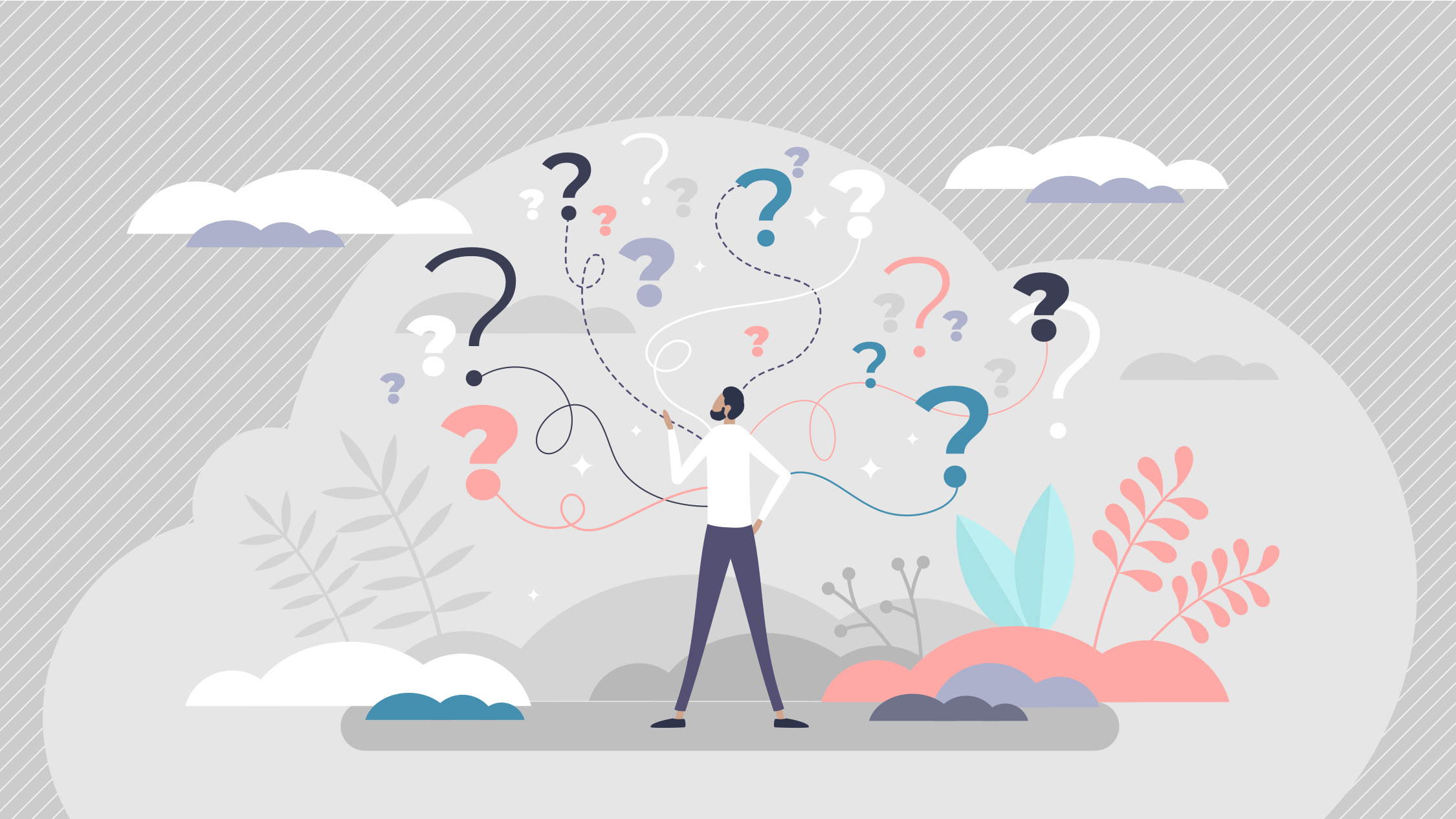
Personally, my biggest frustration with AI chatbots is their refusal to pick a side on anything, and Bard is one of the biggest culprits.
I appreciate balance but when you ask an AI to help you make a decision, it’s not helpful to receive a statement that “both have their positives and negatives to consider” on pretty much any topic. This vagueness often makes it feel like the AI is just a sounding board rather than offering any input. It won’t even decide on trivial topics like “what is the best ice cream flavor” instead stating “the best ice cream flavor is the one that you enjoy the most. So, go ahead and experiment until you find your perfect flavor.”
When making a choice such as whether to buy an Android or iOS phone, people want information that leads to an answer and not just fluffy statements.
5. Integration with Google Docs/ Youtube
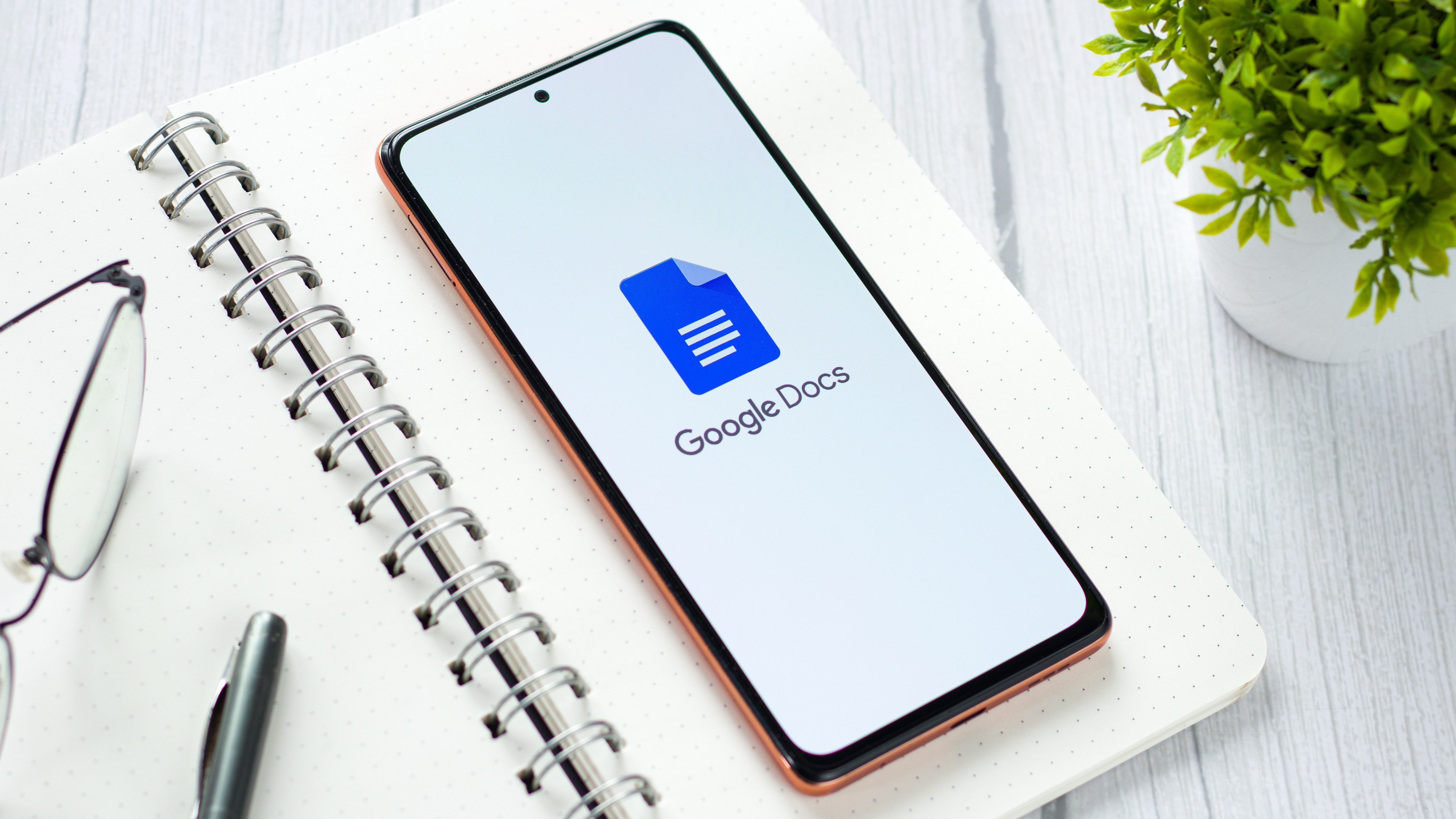
Microsoft has already announced its plans to revolutionize office with its ChatGPT integrated Co-Pilot and considering the popularity of Google Docs and Google Sheets, it’s a no-brainer for them to get the AI treatment.
If Bard could create a presentation just from listening in to a meeting or takes notes in real time, that would be a massive time saver for millions of people.
Imagine as well, Bard being integrated with another Google owned service, YouTube. You could get video recommendations in a whole new way or even have completely AI generated videos.
6. A better version of Google Assistant
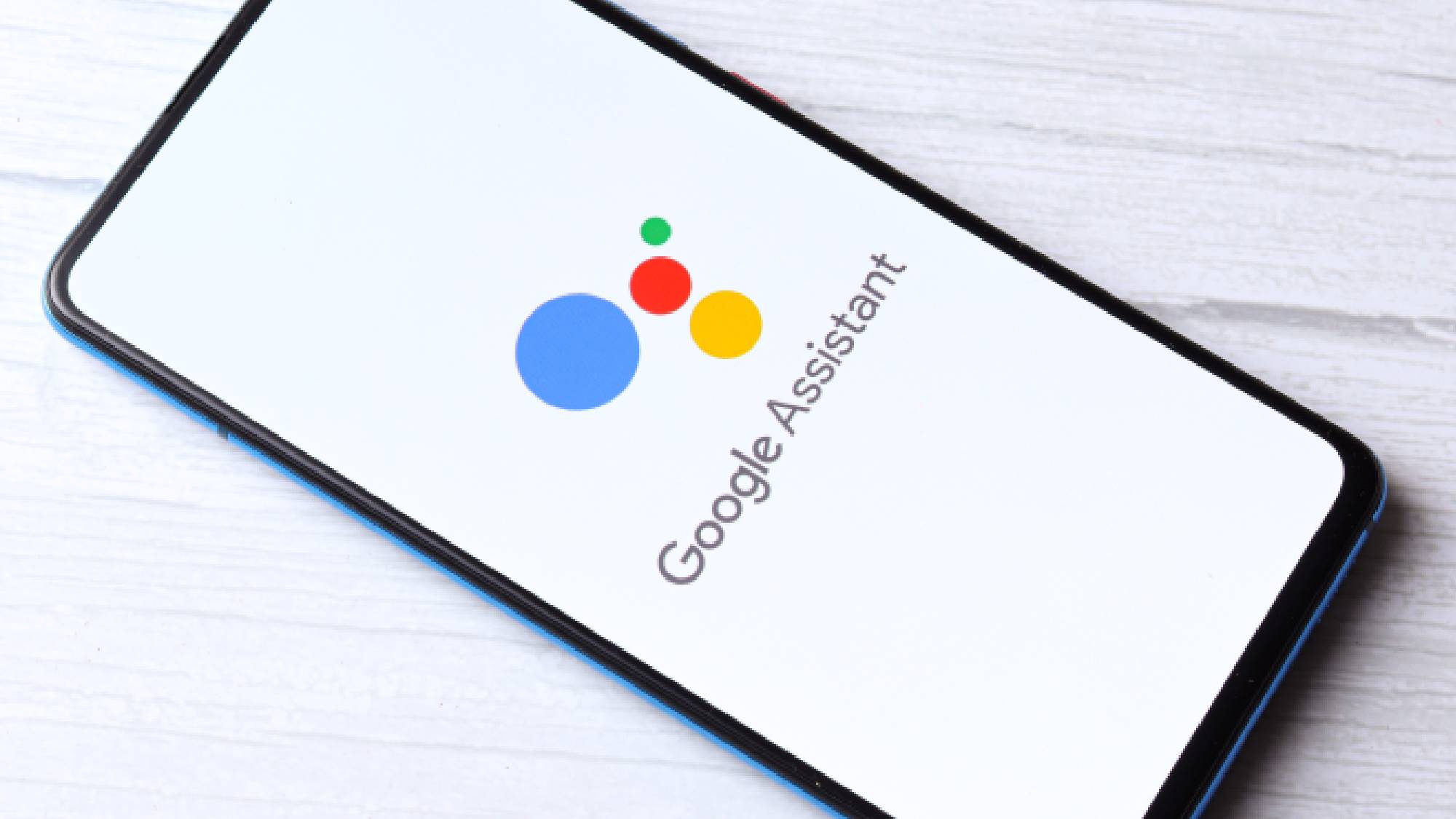
It’s already possible to get Siri to work with ChatGPT and Google Bard is already coming to help Pixel owners screen their calls, but this is just the start. A supercharged Bard-powered Google Assistant could be a major selling point for the Google Pixel 8, if not the best Android phones.
Bard could make the upcoming Pixel 8, the definitive Android phone that can use AI to help organize and streamline your life.
7. Bard Plugins/ API

Plugins and an easily available API have helped to spread ChatGPT across myriad third-party platforms from Snapchat to Expedia. If Bard is to compete, it needs to become just as widespread.
Currently, there are no Bard plugins and the API is only available to a select few, for the world to make the most of Bard AI, it needs to be integrated into non-Google systems too.
Aside from discussion around Bard, we also expect Google I/O 2023 to bring us exciting new information about Android 14, a Pixel Fold phone and maybe even a look at the Pixel 8. Stay tuned to Tom’s Guide and we’ll keep you right up to date.
More from Tom's Guide
Sign up to get the BEST of Tom's Guide direct to your inbox.
Get instant access to breaking news, the hottest reviews, great deals and helpful tips.
Andy is a freelance writer with a passion for streaming and VPNs. Based in the U.K., he originally cut his teeth at Tom's Guide as a Trainee Writer before moving to cover all things tech and streaming at T3. Outside of work, his passions are movies, football (soccer) and Formula 1. He is also something of an amateur screenwriter having studied creative writing at university.
